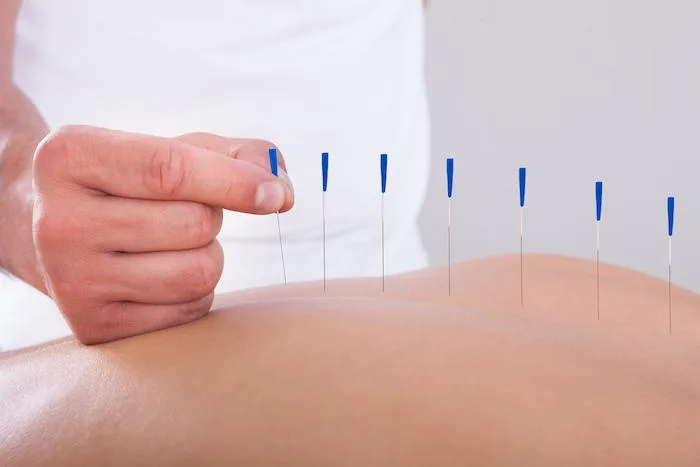Accelerate Therapy & Performance explains what to expect and when to seek help
Introduction – Let’s Talk About That Weird Zing from Dry Needling
Dry needling is one of those physical therapy tools that people either love—or feel unsure about. It’s great for relieving tight muscles and reducing pain, but every so often someone asks, “What happens if the needle hits a nerve?”
Fair question. And if you’ve ever felt a quick zap or strange tingling during or after a session, you might wonder if something went wrong.
At Accelerate Therapy & Performance, we get it. We use dry needling all the time, and we’re here to clear things up: hitting a nerve isn’t as dramatic as it sounds—but it’s something worth understanding.
What Dry Needling Actually Does (And How Nerves Get Involved)
Dry needling uses a super thin, sterile needle to reach deep trigger points—those tight knots in your muscles that just won’t loosen up. When placed correctly, the needle helps reset the muscle, increase blood flow, and calm down pain.
But here’s the thing: nerves are everywhere. They run throughout your body, carrying messages between your brain and muscles. If a needle touches one, it can cause a little drama—like a sudden jolt, tingling, or weird shooting pain. That’s your body’s way of saying, “Hey, something touched a live wire.”
Usually, it’s not a big deal. But if it lingers, it’s worth a closer look.
What It Feels Like If a Needle Hits a Nerve
Here’s what people typically describe if the needle gets a little too close to a nerve:
- A sharp, electric-like zap that travels down a limb
- Numbness or tingling that radiates out from the spot
- A burning sensation or “pins and needles” feeling
- Twitching or your body flinching on its own
- A sore or sensitive area that feels different than usual post-needling aches
Most of these symptoms fade pretty quickly—within minutes or hours. But if something still feels off after a few days, that’s when you should talk to your therapist.
Why It Happens – And Why It’s Rare with Skilled Providers
Let’s be real: anytime you’re working with needles and human anatomy, there’s a small chance something gets bumped. That said, a well-trained physical therapist knows where your nerves are and how to avoid them.
Here are some reasons nerve contact can happen:
- Tricky anatomy: Areas like the neck, glutes, or forearms have nerves close to the surface.
- Inexperience: Someone without proper training might not place the needle correctly.
- Unexpected movement: If you flinch or shift while the needle’s going in, that can change the angle.
- Pre-existing nerve sensitivity: If you already have a pinched nerve, past surgery, or neuropathy, your nerves might react more easily.
At Accelerate Therapy & Performance, our team is specially trained in dry needling and knows how to avoid these situations—or how to adjust fast if they happen.
How to Tell If It’s Nerve-Related (and Not Just Normal Soreness)
After a dry needling session, it’s common to feel sore for a day or two—kind of like a deep workout ache. But nerve contact feels different.
Ask yourself:
- Did it feel sharp or electric, not just sore?
- Is the sensation traveling down your arm, leg, or into another area?
- Are you feeling numbness, tingling, or weakness that wasn’t there before?
If you’re nodding “yes” to any of these, give us a call. Most of the time, it’s no big deal—but better safe than sorry.
What to Do If You Think a Needle Hit a Nerve
If you’re dealing with tingling, weird sensations, or sharp pains after dry needling, don’t panic. Here’s what usually helps:
At Home:
- Rest the area—don’t overdo it for a day or two.
- Use ice the first day if it’s inflamed or swollen.
- Switch to heat later on to boost circulation and relax the area.
- Avoid anything that makes it worse.
With Us:
We’ll take a look, check for any signs of nerve irritation, and adjust your care plan. Sometimes we’ll add in manual therapy or other techniques to calm things down. We can also work on nerve gliding exercises or gentle stretching to help things heal.
If anything looks serious (which is rare), we’ll guide you through next steps, including medical imaging or a referral if needed. You’re never on your own.
Can You Prevent This from Happening?
Absolutely. While there’s no 100% guarantee, there are smart steps you—and your therapist—can take:
- Work with trained professionals: Not all dry needling certifications are created equal. Our team is licensed, trained, and experienced.
- Speak up: If something feels off during the session, tell us. We want your feedback in real-time.
- Strengthen and stretch regularly: The more flexible and strong your body is, the less reactive your muscles and nerves will be.
- Stay hydrated and healthy: General wellness goes a long way in reducing inflammation and nerve irritation.
Why Accelerate Therapy & Performance is the Safer Choice
Here’s what sets us apart: we don’t just “do dry needling”—we understand your entire movement system. Every needle we place is backed by knowledge of your posture, habits, pain history, and goals.
Whether you’re an athlete with a nagging calf issue or an office worker with stubborn neck tension, we tailor our treatments to your needs—and we’re ready to pivot fast if something doesn’t feel right.
We believe in whole-body recovery, not just symptom relief. And we’ll walk with you every step of the way.
When In Doubt, Talk It Out — Book With Us Today
If you’ve had a weird experience with dry needling—or you’re thinking about trying it but feel unsure—let’s talk. We’ll answer your questions, evaluate your situation, and guide you toward the best, safest care possible.
At Accelerate Therapy & Performance, we’re here to help you move better, feel stronger, and recover smarter. No guesswork. No pressure. Just expert support from people who care.
Ready to take the next step? Schedule your consultation with us today and let’s get you back to feeling your best.



